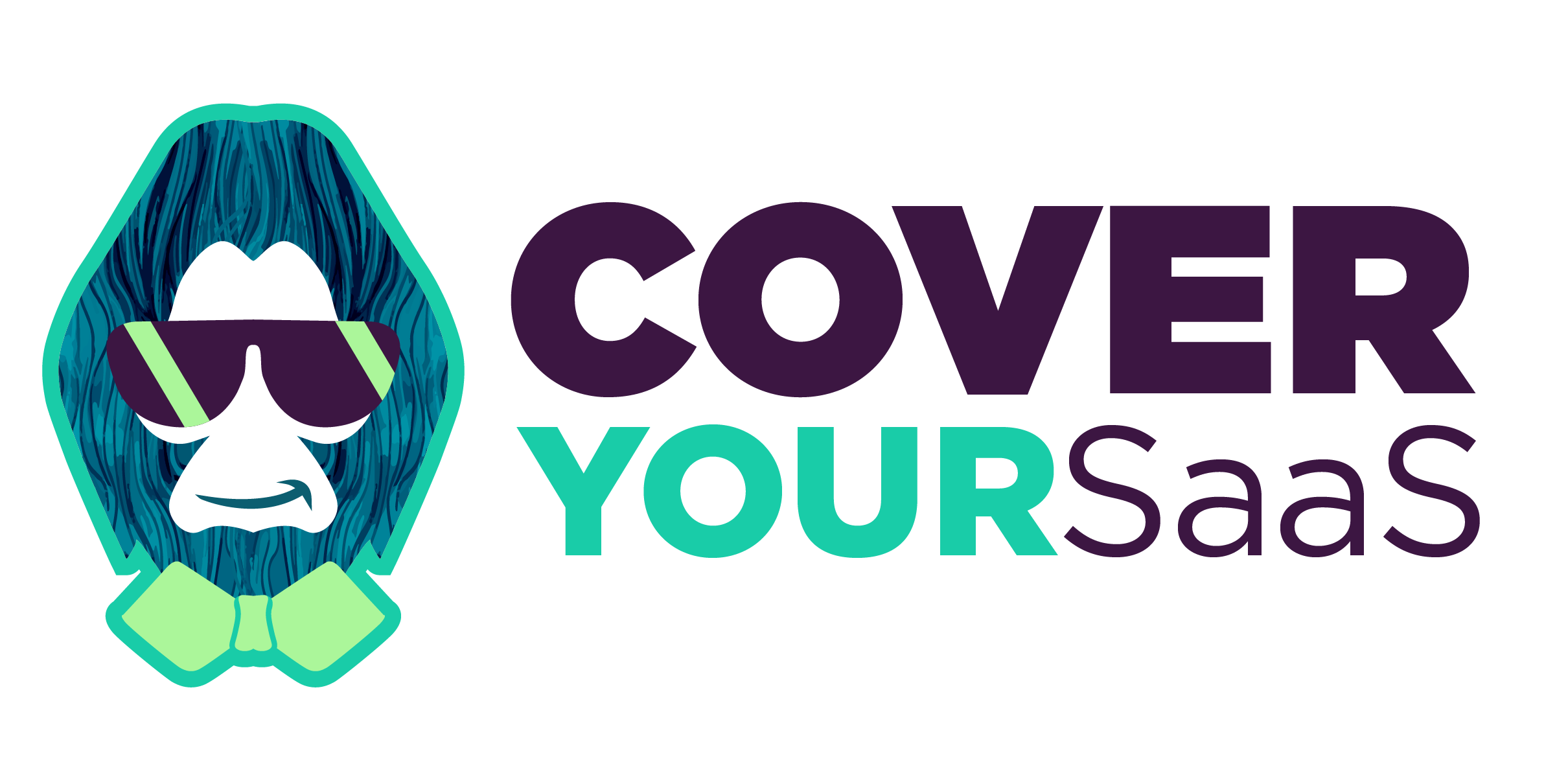As SaaS companies increasingly become the target of cyber attacks, it is essential for them to properly assess their cyber risk. There are a number of factors to consider when assessing cyber risk, including the type of data being stored, the security measures in place, and the overall size and scope of the company. By taking the time to properly assess their cyber risk, SaaS companies can make sure they are taking the necessary steps to protect their data and their customers’ data.
Vulnerability Scans
As the world increasingly moves to a SaaS-based model, companies must find ways to reduce their cyber risk. One way to do this is by using vulnerability scans.
A vulnerability scan is an assessment of a system or application to identify security risks. It can be used to find both known and unknown vulnerabilities. By regularly scanning for vulnerabilities, SaaS companies can reduce their cyber risk.
Vulnerability scans are not perfect, however. They can miss some risks, and they can generate false positives. But when used properly, they can be an invaluable tool for reducing cyber risk.
Schedule regular scans: Vulnerability scans should be conducted on a regular basis, at least once a month. This will help ensure that new vulnerabilities are found and remediated in a timely manner.
Every client starts their journey at Cover Your SaaS with a free vulnerability scan. Once they become a client they get access to unlimited and more detailed scans for frequent and consistent insight into their vulnerabilities.
Get A Free Vulnerability Scan Here
Risk Assessment Surveys
Cyber risks are a top concern for SaaS companies. In order to reduce these risks, many SaaS companies are turning to risk assessment surveys. Risk assessment surveys can help identify areas of vulnerability and allow SaaS companies to take steps to mitigate these risks.
When conducting a risk assessment survey, it is important to consider the following factors: business goals, threats, assets, and vulnerabilities. By taking into account these factors, SaaS companies can develop a more comprehensive understanding of their cyber risks and take steps to reduce them.
Risk assessment surveys can be an effective tool for reducing cyber risk, but they must be conducted properly in order to be useful. By considering the factors mentioned above, SaaS companies can ensure that their risk assessment surveys are thorough and informative.
Not every vulnerability or risk can be discovered through scans. That’s why Cover Your SaaS clients get access to free NIST CSF, CISv8, SOC 2, and CMMC risk assessments to create a clearer picture of their businesses’ actual cyber risk profile and posture.
Phishing Simulations
In the wake of mounting cyber threats, SaaS companies are turning to phishing simulations to reduce risk. Phishing simulations help organizations identify vulnerabilities and train employees on how to spot and avoid phishing attempts.
When done right, phishing simulations can be an effective way to reduce an organization’s cyber risk. By identifying vulnerabilities and educating employees on how to spot and avoid phishing attempts, SaaS companies can take proactive steps to protect themselves from attack.
Social engineering is more than a daily threat. At most SaaS companies, every single employee receives at least one phishing attack per day. Cover Your SaaS clients get access to free phishing simulation software that allows them to test their employee’s preparedness for a phishing attack. The software mimics emails that look and feel like ADP, Google, ACH, Stripe, and more.
In conclusion, SaaS companies should use vulnerability scans, risk assessment surveys, and phishing simulations to assess cyber risk. By taking these measures, SaaS companies can better understand their cybersecurity posture and strategize for how best to manage their risk.
